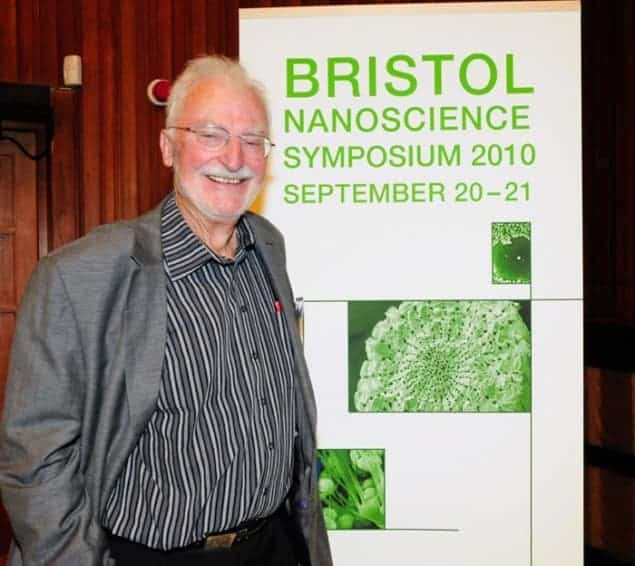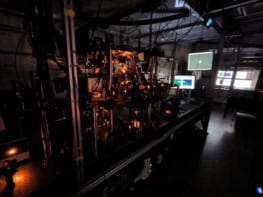
The Swiss condensed-matter physicist Heinrich Rohrer who shared the 1986 Nobel Prize for Physics died last week at the age of 79.
Rohrer won the Nobel prize for inventing the scanning tunnelling microscope (STM) at IBM’s Zürich Research Laboratory. Rohrer shared one half of the prize with his IBM colleague Gerd Binnig, while the other half went to Ernst Ruska for his invention of the electron microscope.
Rohrer was born on 6 June 1933 in the small town of Buchs in the Swiss canton of St Gallen. The family moved to Zürich in 1949 and Rohrer studied physics at ETH Zürich where he was taught as an undergraduate by Wolfgang Pauli and Paul Scherrer. He stayed on to do a PhD on the mechanical properties of superconductors and he continued working on superconductors at Rutgers University in the US.
Surface defects
In 1963 Rohrer joined IBM Zürich, where he worked initially on magnetic materials. He encouraged Binning to join the lab in 1978 and the pair studied tiny defects on the surface of silicon – which at the time were hindering the miniaturization of electronic devices. To gain a better understanding of these defects, Rohrer and Binning built the first STM in 1981.
An STM creates an image of the surface of a sample by scanning an atomically sharp tip over its surface. The tip is held less than one nanometre from the surface and a voltage is applied so that electrons can undergo quantum-mechanical tunnelling between tip and surface. The tunnelling current is strongly dependent on the tip–surface separation and this is used in a feedback loop to keep the tip the same distance from the surface. An image is obtained by scanning the tip across the surface to create a topographical map in which individual atoms can be seen.
Important technology
The STM has become an important instrument for surface physics and materials science. A number of related microscopy techniques have since been developed in labs worldwide – including atomic force microscopy.
Rohrer became an IBM Fellow in 1986 and he headed-up the physics department at IBM Zürich in 1986–1988. The Binnig and Rohrer Nanotechnology Center was opened at IBM Zürich in 2011 in honour of the two laureates.
Rohrer died on 16 May in Wollerau, Switzerland.



